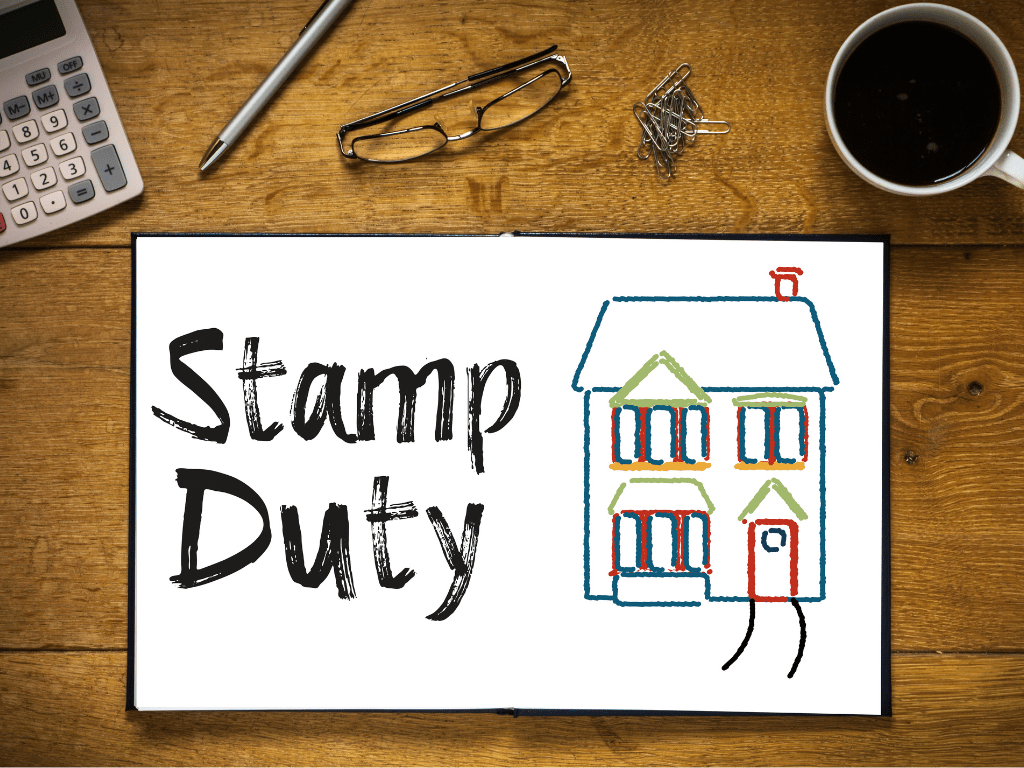
What is a Lease Agreement?
In India, a lease agreement is a legal contract between the landlord and the tenant for the rental of a property. It is an important document that contains the terms and conditions of the rental agreement. This article will provide a comprehensive overview of lease agreements between landlords and tenants in Pune, the types of lease agreements, essential clauses that need to be included, and the best practices for creating lease documents while adhering to Indian laws.
Types of lease agreements
There are various types of lease agreements in India depending on the duration and purpose of the rental agreement. Some of the common types of lease agreements include:
- Residential Lease Agreements: This is the most common type of rental lease agreement in India which is used for renting properties such as houses, apartments, or villas.
- Commercial Lease Agreements: This type of commercial Lease agreement is used for renting out commercial properties like offices, retail spaces, warehouses or shops.
- Agriculture Lease Agreements: This type of rental lease agreement is used for renting out agricultural lands for agricultural purposes such as farming or cattle herding. They are called agriculture land lease agreements.
- Lease Agreement for furnished/unfurnished Properties: This type of rental lease agreement specifies whether the property is furnished or unfurnished, and terms and conditions related to the use of and maintenance of such properties.
Important Clauses You Should Be Aware of
A house lease agreement in India should contain certain important clauses that outline the rights and responsibilities of both the landlord and the tenant. Now these clauses may vary depending on the type of rental agreement and the specific needs of the parties involved, but generally, the following clauses should be included in a lease agreement in India:
- Rent Payment Clause: This clause talks about the amount of rent payment to be paid by the tenant, the due date of rent payment, and the consequences of late payments or non-payments of rent.
- Security Deposit Clause: This clause talks about the amount to be paid by the tenant as the security deposit and the conditions of return of the security deposit and conditions by which the landlord can deduct some amount or the complete security deposit.
- Maintenance and Repairs Clause: This clause outlines the responsibilities of the landlord and the tenant for the maintenance and repairs of the property. It should specify who is responsible for repairs and damages done to the property.
- Duration and Renewal Clause: This clause determines the duration of the lease agreement, including the starting and the end date. It should also include the terms and conditions of renewal and expiration of the agreement.
- Use of Property Clause: This clause includes the permitted use of property and if there are any restrictions on the property. It also includes specific rules or regulations related to the use of the Property.
- Termination Clause: This clause includes the rules under which the lease agreement can be terminated by either party.
- Utilities and Maintenance Charges Clause: This clause includes the tenant’s and landlord’s duties towards the utilities charges and maintenance.
- Governing Law and Jurisdiction Clause: This clause outlines the governing law and jurisdiction where any legal disputes related to the lease arrangement will be resolved.
Best practices for creating a Lease Agreement in India:
Creating a lease agreement involves scrutinizing minor details and carefully considering all possibilities that protect the interest of both tenant and the landlord. Here are the best practices to follow while creating a lease agreement in India:
- Seek Legal Advice: It is highly advisable that both the tenant and the landlord seek legal advice while creating a lease agreement in India. Indian laws related to property rental vary from state to state, and it is important to know the local laws before concluding a lease agreement. This will benefit both the landlord as well as the tenant.
- Clearly Define Terms and Conditions: The Lease agreement should clearly convey all the terms and conditions. They should not be ambiguous. Details such as rent, duration of lease, renewal and termination conditions, and other important details should be clearly mentioned. If not done this way then both parties will have to face problems. Clarity in the lease agreement can help prevent any misunderstandings or disputes in the future.
- Include Essential Clauses: As discussed before in this article, all the essential clauses should be mentioned in the lease agreement. These clauses such as rent payment, security deposit, maintenance and repairs, use of property, termination and renewal, utilities and other clauses should be mentioned clearly.
- Be Specific and Detailed: The lease agreement should be specific and detailed, leaving no room for ambiguity. It should clearly mention all obligations of both the tenant and landlord as well as it should specify what will happen in case of violation of any of these agreements. For example, if there are some rules like no pets or no smoking, they should be mentioned explicitly in the lease agreement.
- Record in writing: It is essential to have the lease agreement recorded in writing and signed by both the tenant and the landlord. Oral agreements do not have any legal bindings in India and having written documents will save you from future disputes and misunderstandings.
- Review and Update regularly: Lease agreements should be reviewed and updated regularly to be updated with the law regularly. Any changes in the law should be added to the agreement. Rental agreements should be reviewed once every year.
- Include a Security Deposit Clause: A security deposit is a sum of money that the tenant pays to the landlord as security against any damages or unpaid rent. Including a security deposit clause in the lease agreement is essential to protect the landlord’s interests. The clause should specify the amount of the security deposit, the conditions for its return, and any deductions that the landlord can make from the deposit.
- Clarify Maintenance and Repair Responsibilities: The lease agreement should clearly define the maintenance and repair responsibilities of both the landlord and the tenant. This includes routine maintenance tasks such as cleaning, pest control, and garden upkeep, as well as any major repairs or renovations. The clause should specify who is responsible for the cost of maintenance and repair, and under what circumstances.
- Include a Renewal Clause: A renewal clause is a provision that allows the tenant to renew the lease agreement at the end of its term. Including a renewal clause in the lease agreement can provide stability and security for both the landlord and the tenant. The clause should specify the conditions for renewal, such as the notice period and any changes in rent or terms.
- Be Transparent About Utilities and Maintenance Charges: The lease agreement should be transparent about any utilities and maintenance charges that the tenant is responsible for. This includes electricity, water, gas, and any other services that the tenant is using. The clause should specify the amount of the charges and the due date for payment.
- Follow the Rental Control Laws: In India, some states have rent control laws that regulate the maximum rent that can be charged, the increase in rent, and the eviction process. It is crucial to follow rental control laws applicable in specific states where the property is located. Non-compliance with rent control laws can result in legal consequences and disputes.
Conclusion:
A lease agreement is a vital legal document that governs the relationship between the tenant and landlord in India. It outlines the terms and conditions of the rental arrangement and protects the rights and responsibilities of both parties.



